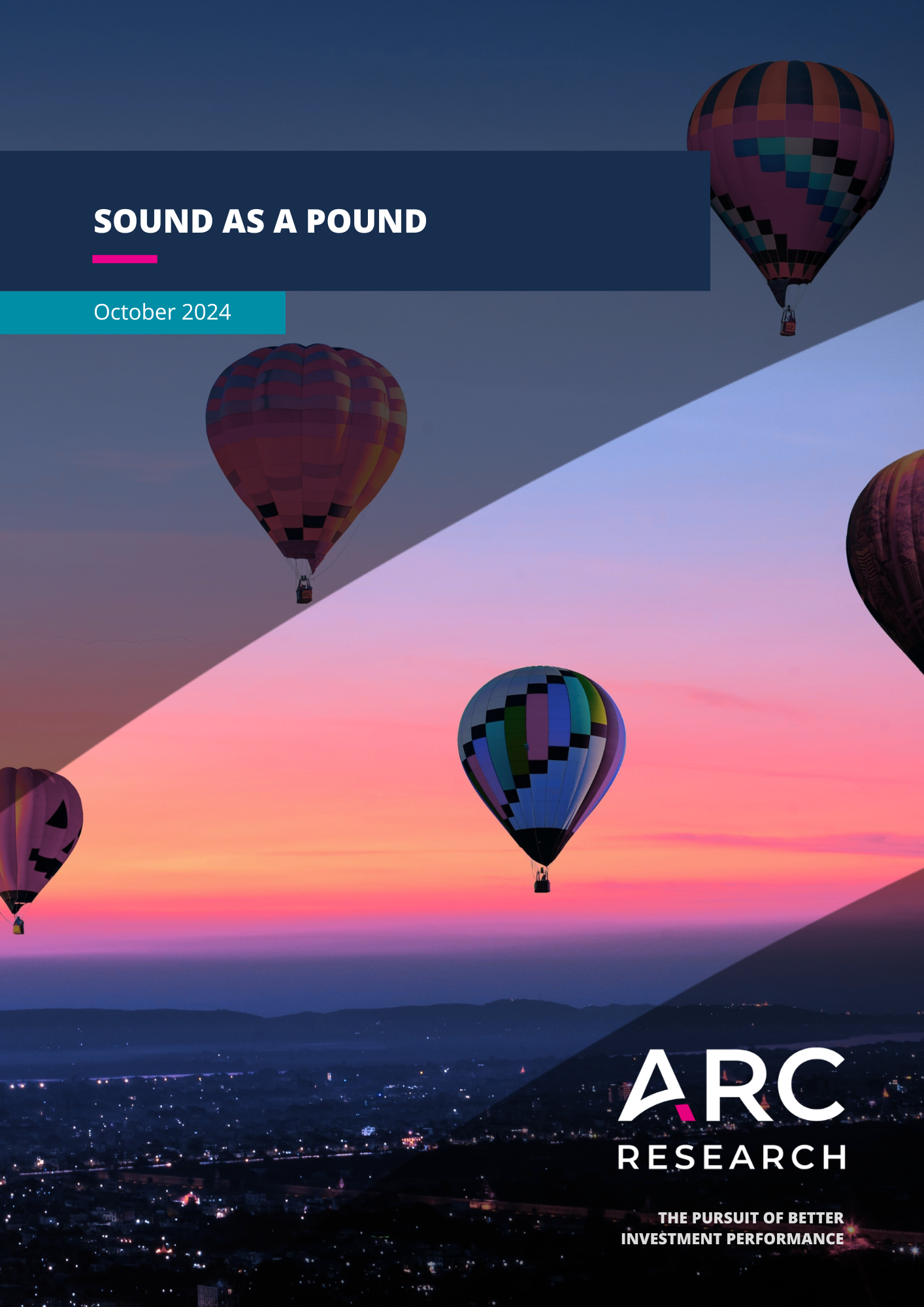Catching the Gold Bug

We Spaniards know a sickness of the heart that only gold can cure Hernán Cortés, Former Governor of New Spain, c. 1520
They marvel much to hear that gold, in itself so useless, should be everywhere so much sought… Sir Thomas More, Utopia, 1516
Around 500 years ago, gold was crossing the Atlantic from Mexico to Spain in staggering quantities
It has been estimated that in the fifty years from 1492 onwards, over 100 tons of gold made its way to Europe; and by the mid-1500s, Spain was the richest country in Europe and maybe the most powerful in the world. To place the quantum into context, historians have estimated that at the end of the 15th century, all the gold in Europe would only have weighed perhaps 90 tons.
This unprecedented influx of gold into Europe paid for armies and weapons as well as supporting
a lavish renaissance lifestyle.
Fast forward to today and US shoppers buying groceries online from Costco and Walmart can add one ounce gold bars to their baskets. These gold bars have been flying off their virtual shelves.
Many investment commentators observing this trend conclude that shoppers procuring those miniature gold ingots must be suffering from “gold bug” sickness.
But the Utopian view of these commentators is fast being viewed as outmoded, not just in the USA
but also in China where consumers have been buying record quantities of gold bars, coins and
jewellery.
It is not just consumers who are catching the gold bug.
Central banks, in particular China, Russia and Turkey, continue to seek to diversify their reserves
away from the US Dollar, especially after the USA froze Russia’s US Dollar reserves in response to
its invasion of Ukraine.
On 8 April 2024, the world’s newest currency was launched, the Zimbabwe Gold (“ZiG”), backed by around 2.5 tonnes of gold as well as foreign currencies and other precious metals. The ZiG is the sixth attempt since 2008 at creating a new currency independent from the US Dollar.
Zimbabwe has a multi-currency system such that in addition to ZiG various foreign currencies are
also legal tender. As of March 2024, around 80% of all recorded transactions were still being made
in US Dollars. The hope is that the gold-backed ZiG will gradually replace the US Dollar as the preferred transactional currency.
The last group of investors purchasing gold are institutional investors seeking a hedge against potentially stubborn levels of inflation and a safe-haven asset in a time of elevated geo-political uncertainty.
Their interest is certainly helped by the fact that private banks such as JP Morgan have become
“constructive on gold” and believe that for long term investors “gold merits a position in a diversified
portfolio”.
Given the positive momentum from consumers, central banks and institutional investors, it is not surprising that the gold price is currently trading close to its all-time high and flirting with US$2,500 per ounce.
But is gold an investment that the average private client should have? And do private client discretionary investment managers typically allocate to gold in their multi-asset class portfolios?
GOLD AS AN INVESTMENT
There is an old adage, first attributed to Benjamin Graham, a value investing pioneer, that over shorter periods the stock market is a voting machine but over the longer term it is a weighing machine.
In other words, over the shorter term sentiment dominates but in the longer term, fundamentals drive relative asset performance.
From a value investing perspective, there is no doubt that gold fundamentals are weak.
- Gold produces no income. In fact, fees mean that holding gold generally has negative carry.
- Unlike most bonds, gold has no redemption date or value. There is no business or government standing behind the valuation. Just the “convention” that gold is a store of value.
- Unlike equities, gold does not participate in the success of a business or indeed an economy. Its value is not the discounted value of future cashflows (as there aren’t any) but rather determined by investor sentiment.
But can value really be fully described by discounted cashflow calculations? Might there be other fundamental forces at work that can explain why returns from gold have been so healthy over the last few years?
For a more modern take on gold as an investment, consider the Dow Jones Industrial Average
index, launched in 1896 at a level of 40.94 points at which time the gold price was US$20.67.
Roll forward to 2024 and the DJIA stands 1,000 times higher whilst the gold price is up just 120
times. Put another way, at launch the DJIA “cost” 2 ounces of gold. It now stands at 17 ounces of
gold; and that calculation understates the relative out-performance by equities as it ignores the
steady stream of dividends paid by companies in the DJIA. Total return variants were only
introduced in 1987.
In the modern era, there is no question that equities have been a superior long-term investment
to gold.
Taking an historical perspective, no visit to the Louvre in Paris would be complete without seeing
the Mona Lisa by Leonardo da Vinci.
Smaller than might be imagined and painted on wood rather than canvas, it was purchased by
King Francis I around 1520 for the sum of 4,000 gold ducats, or about US$1 million based on the
price of gold today. It has proved a better investment than keeping the ducats as it is currently
valued around 800 times higher at circa US$0.8 billion.
In retrospect, art was not a bad investment by the King of France despite its lack of cashflow and
“poor fundamentals”!
Does gold make sense as an investment over a more applicable time horizon for the average
investor?
The performance chart above might suggest that gold is a great asset class to own. After all, in the period since December 2003, the gold price has risen by around 570%.
Placing the performance of gold since December 2003 into context, world equities have delivered
slightly higher total returns than gold with considerably lower volatility. The average private client discretionary portfolio following a Sterling Steady Growth multi-asset class mandate increased in value by 210%. UK government bonds kept pace with inflation, with a return of 80% whilst Sterling cash fell in real terms.
Taking the last 20 years, despite its price volatility, gold has been an attractive investment
provided the extreme volatility of the return path can be tolerated.
GOLD AS A DIVERSIFIER
Launched with a base of December 2003, the ARC Private Client Indices provide a unique insight into the behaviour of private client portfolios over that time. As part of that dataset, ARC is able to examine the exposure of the typical private client to the gold price, both held directly and through proxies such as gold mining stocks.
FACTOR EXPOSURE
Sterling Steady Growth PCI

It is immediately obvious that based on empirical investigation gold has not been a significant determinant of return, although its influence has been higher over the last few years.
This finding, that gold has generally not been a material component of the average private client
discretionary portfolio is supported anecdotally by the latest quarterly ARC Market Sentiment
Survey (‘MSS’) which included a question asking each discretionary fund manager what proportion
of their typical steady growth investment solution is directly exposed to the gold price.
Interestingly, the lack of gold exposure in private client discretionary portfolios today cannot be explained away by managers being negative on forecast returns for gold over the short to medium term. Indeed, in the latest ARC MSS, net sentiment towards gold was strongly positive, at +35%. However, investigation of the changes in net sentiment over time displayed by discretionary investment managers to gold reveals a strong correlation with the performance of gold over the previous 12 month period. Thus, sentiment was at its most negative in the period 2012-2014 and has tended to be positive when gold price momentum has been positive.
The chart below summarises the responses and reveals that circa 75% of the 83 managers who
responded had either no gold exposure or less than 2.5%. No manager had an exposure level
above 10%.
Proportions of a typical Steady Growth investment solution directly exposed to the gold price.
So why has gold not been more commonplace as an allocation in private client multi-asset class portfolios over the last 20 years or so? It would certainly have been accretive to returns and provided risk diversification. Should all multi-asset class portfolios have at least a modest exposure to gold?
-
Whilst the intrinsic value of gold, being the discounted value of all expected future cashflows,is zero; the allure of gold remains as strong today as it was five centuries ago at the height ofthe Renaissance in Europe.
-
Over the last two decades, gold has performed strongly versus other asset classes. Gold rose570%, only slightly less than the total return of 610% delivered by world equities.
-
Investment managers have, on average, tended to have only modest exposure to gold. Aroundthree quarters of private client discretionary investment managers have less than 2.5% goldexposure in their typical steady growth mandates.
-
Whilst gold can act as a diversifier during times of financial market turbulence, that is notalways the case (2022 for example).
-
Gold exposure for many managers appears to be tactical (based on price momentum), rather than strategic (based on its potential diversification benefits and/or expected return profile).
Professional investment managers tend to be divided on whether gold is a store of value in turbulent times but are united in the view that, over the long term, history reveals that gold is at best an inflation hedge.
For those who feel they might be catching the gold bug, at a time when gold bars are being sold alongside groceries, it is worthwhile reflecting on the words of Sir Thomas More 500 years ago who suggested that, as the utilitarian value of gold is negligible, the price of gold is merely a reflection of human avarice.
Gold is ultimately not an investment, it is a 5,000 year old bubble!
Sign up for more insights here

